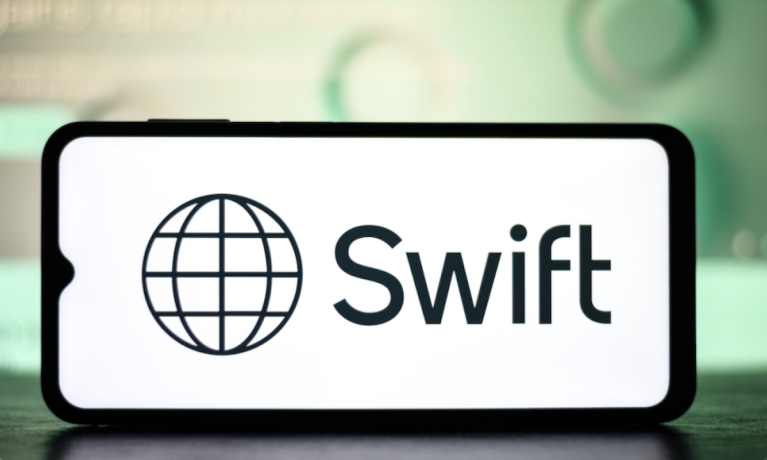
With scammers becoming more and more sophisticated, Swift is bolstering its AI-enhanced fraud detection capabilities.
The global messaging service announced Wednesday (Oct. 15) that it will begin offering this service to the payments sector beginning in January, following a pilot earlier this year and extensive collaboration with banks around the world.
“Bad actors are using increasingly sophisticated tactics to commit financial crime, and the global financial industry needs to raise its defenses higher to ensure their customers can continue to transact globally with confidence,” Swift Chief Product Officer Jerome Piens said in a press release.
“Swift has a long track record of supporting our community by staying one step ahead to maintain the security and resilience that our network is known for — and now we’re doing so again by harnessing the latest technology.”
According to the release, the new capability expands on the organization’s Payment Controls Service by using pseudonymized data from the billions of transactions moving across the Swift network to spot suspicious transactions, allowing for real-time response.
It’s part of Swift’s wider partnership with its network of more than 11,500 banks and financial institutions to determine how artificial intelligence (AI) “can solve cross-industry challenges,” the release added.
“With global industry estimates putting the total cost of fraud in financial services at USD 485 billion in 2023 alone, Swift is focused on using AI to give financial institutions stronger and more accurate insights into instances of potentially fraudulent activity,” per the release.
The announcement follows a pair of AI-driven fraud prevention efforts that Swift rolled out earlier this year: an enhancement to its payment control system, and a partnership with 10 of the world’s top banks.
That collaboration tested how the advanced AI technology can “analyze anonymously-shared data from different sources in a way that will strengthen the global financial ecosystem,” Swift said at the time.
Writing about the use of AI in identifying payments fraud earlier this year, PYMNTS noted that the traditional rules and methods for detection are becoming inadequate because of the complex schemes devised by fraudsters.
“This leads to high false positives and limited adaptability. Predictive artificial intelligence improves on this by reducing false positives and adapting to new schemes using machine learning,” that report said.
“However, generative AI, employing unsupervised or semi-supervised learning techniques, excels at detecting subtle and novel fraud patterns in unstructured data. This significantly enhances fraud detection capabilities.”
For all PYMNTS AI coverage, subscribe to the daily AI Newsletter.